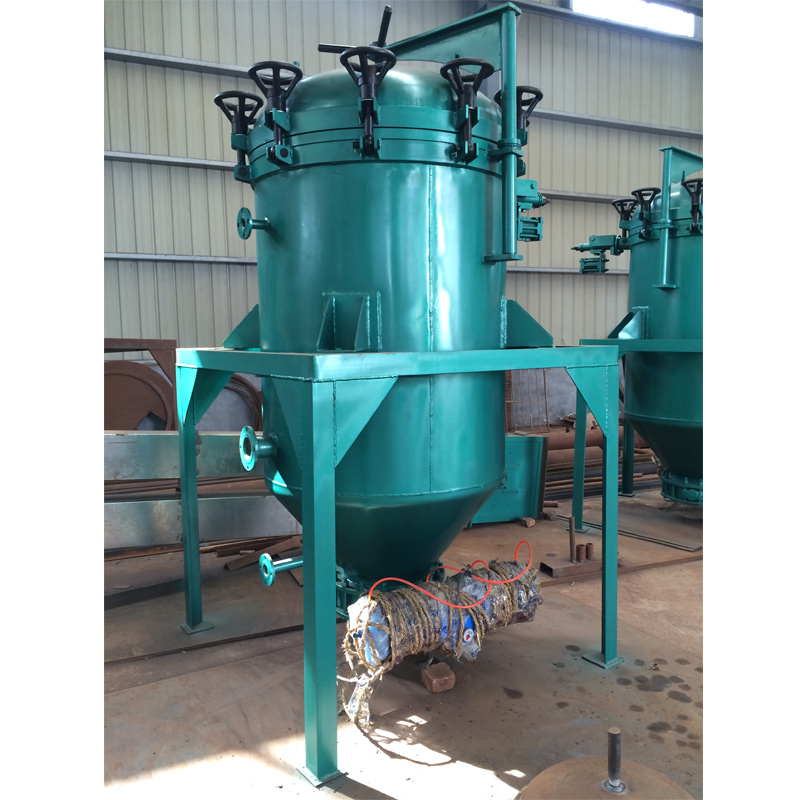nov. . 30, 2024 06:34 Back to list
seed to oil extractor
Seed to Oil Extractor The Journey of Oil Extraction
In the world of culinary arts, health, and industrial applications, oil plays a pivotal role. From enhancing flavors in cooking to serving as a fundamental ingredient in numerous products, oils extracted from seeds and nuts have become indispensable. The journey from seed to oil involves a fascinating process, epitomized by modern seed to oil extractors, which efficiently turn raw seeds into edible oils.
The process begins with the selection of seeds. Common sources for oil include sunflower seeds, flaxseeds, sesame seeds, and canola seeds. Each type of seed offers unique flavors and health benefits, making them suitable for various culinary uses. The quality of the seed is paramount, as it directly affects the yield and flavor of the oil produced. High-quality seeds are typically fresh, free from contaminants, and have been harvested at the right time.
Once the seeds are selected, they undergo a cleaning process to remove any foreign materials such as dirt, stones, or damaged seeds. This step is crucial to ensure that the final product is pure and safe for consumption. After cleaning, the seeds are often dried to reduce moisture content, enhancing oil extraction efficiency.
The next step in the oil extraction process is conditioning. This involves adjusting the temperature and moisture content of the seeds to prepare them for extracting oil. Conditioning may include heating the seeds slightly or applying steam, which helps in loosening the oil trapped within the seed cells. This step is vital because it increases the oil yield and improves the overall quality of the extracted oil.
seed to oil extractor

Following conditioning, the seeds are subjected to mechanical extraction. There are two primary methods for this cold pressing and hot pressing. Cold pressing, as the name suggests, involves extracting oil at a lower temperature, preserving most of the nutrients and flavor of the oil. This method is preferred for high-quality oils meant for culinary use due to its retention of essential fatty acids and vitamins.
On the other hand, hot pressing involves applying heat during the extraction process. While this method can yield more oil, it may alter the flavor and nutritional profile of the final product. Hot-pressed oils are often used in industrial applications where the flavor is less critical.
After extraction, the oil usually undergoes refining, which may involve filtering and removing impurities. Refining can enhance the clarity, shelf life, and overall quality of the oil, making it more appealing for consumers. Some oils remain unrefined to maintain their natural taste and health benefits, catering to consumers who prefer less processed options.
Finally, the oil is packaged for distribution. Consumers can find various types of seed oils on supermarket shelves, each labeled to indicate its source and processing method. As people become more health-conscious and interested in plant-based diets, the demand for seed oils continues to rise. Oils rich in omega-3 and omega-6 fatty acids, as well as antioxidants, are becoming particularly popular due to their health-promoting properties.
In conclusion, the journey from seed to oil is a detailed and nuanced process that combines agriculture, science, and technology. Modern seed to oil extractors streamline this process, ensuring that high-quality oil reaches consumers. The versatility and nutritional value of seed oils not only enhance our culinary experiences but also promote healthier lifestyles. Whether for cooking, baking, or industrial uses, the oil extracted from seeds remains an essential component of our daily lives, bridging the gap between nature and nutrition.
-
Top Food Oil Refined Unit Companies w/ GPT-4 Turbo Tech
NewsAug.01,2025
-
Premium Black Seed Oil Expeller - High Efficiency Cold Press Oil Machine
NewsJul.31,2025
-
Oil Processing Equipment - High-Efficiency Flaking Machine
NewsJul.25,2025
-
High-Efficiency Peanut Oil Refined Machine for Quality Oil Production Leading Exporters & Companies
NewsJul.08,2025
-
High Efficiency Sunflower Seed Oil Press – Leading Cooking Oil Press Machine Factories & Suppliers
NewsJul.08,2025
-
High-Efficiency Soybean Oil Press Machine – Leading Exporters & Reliable Companies
NewsJul.07,2025
